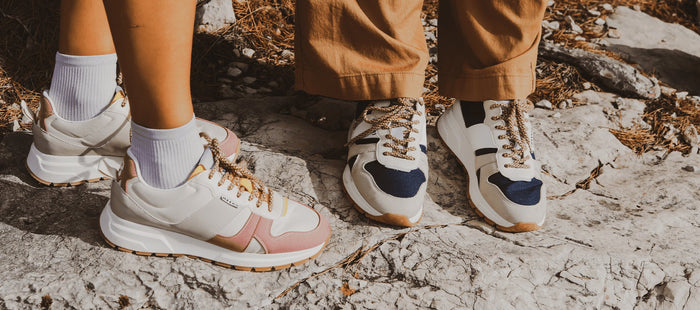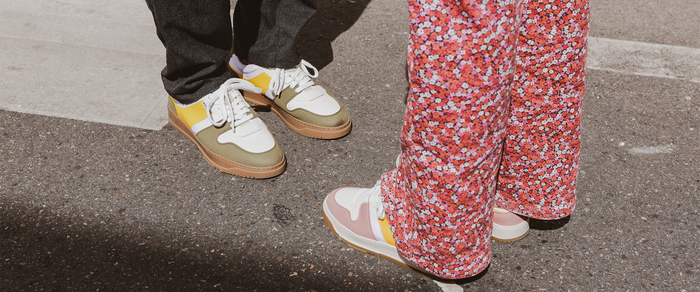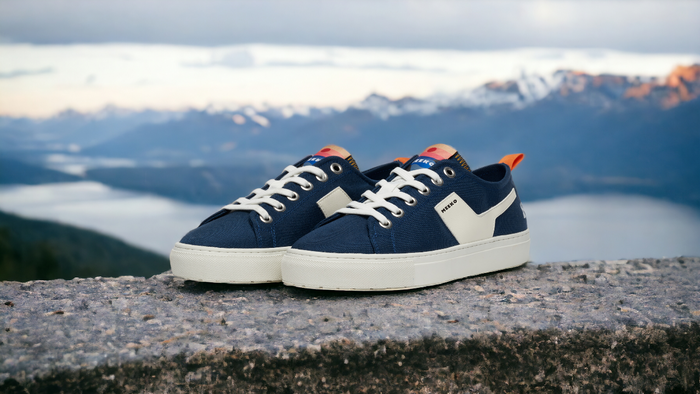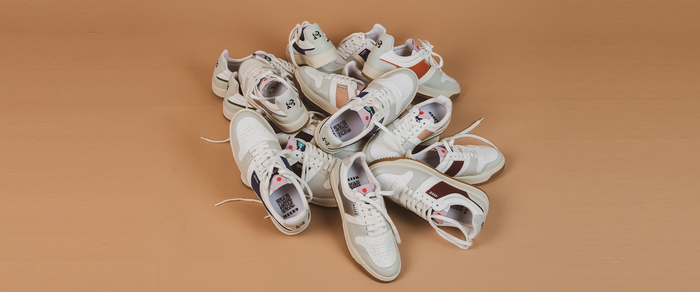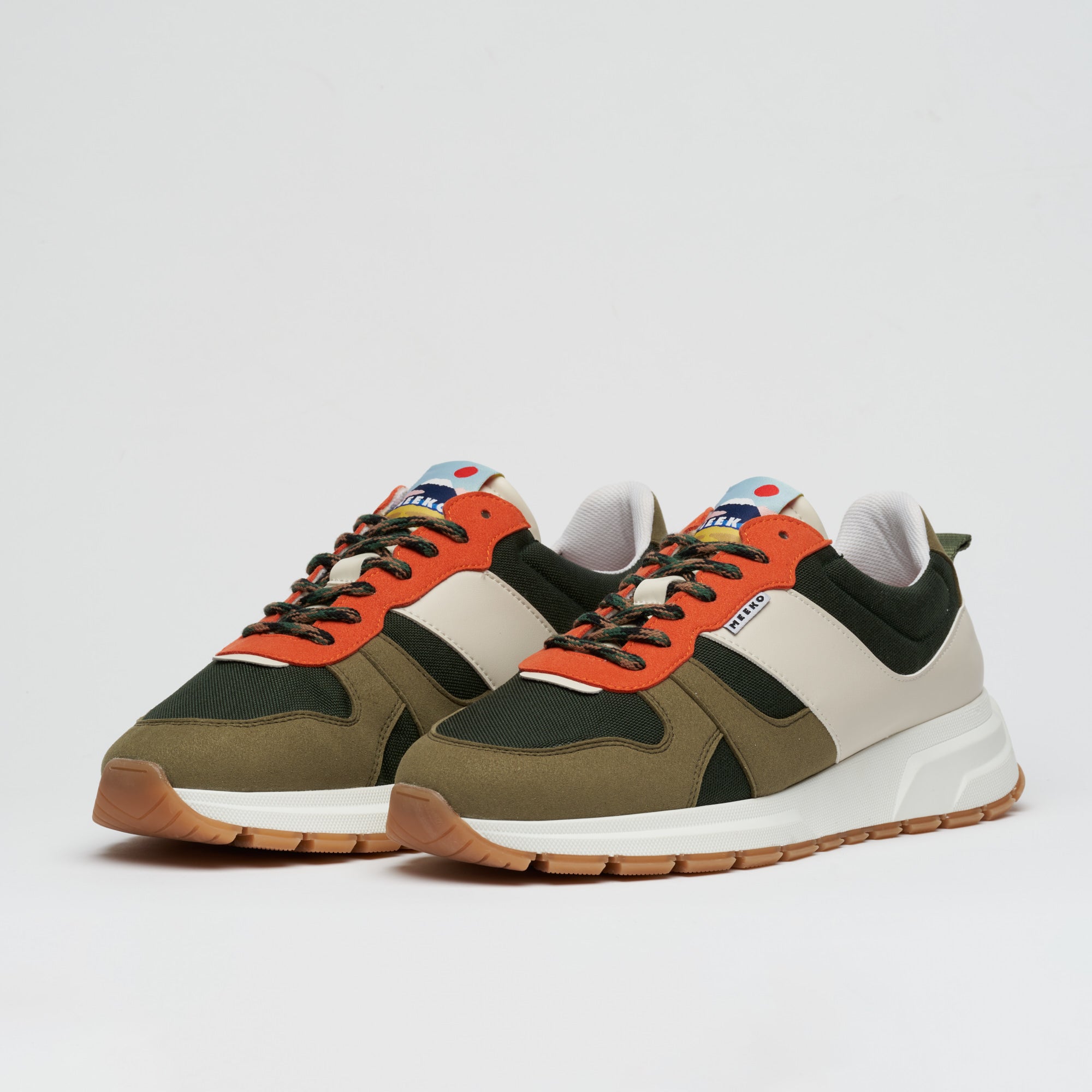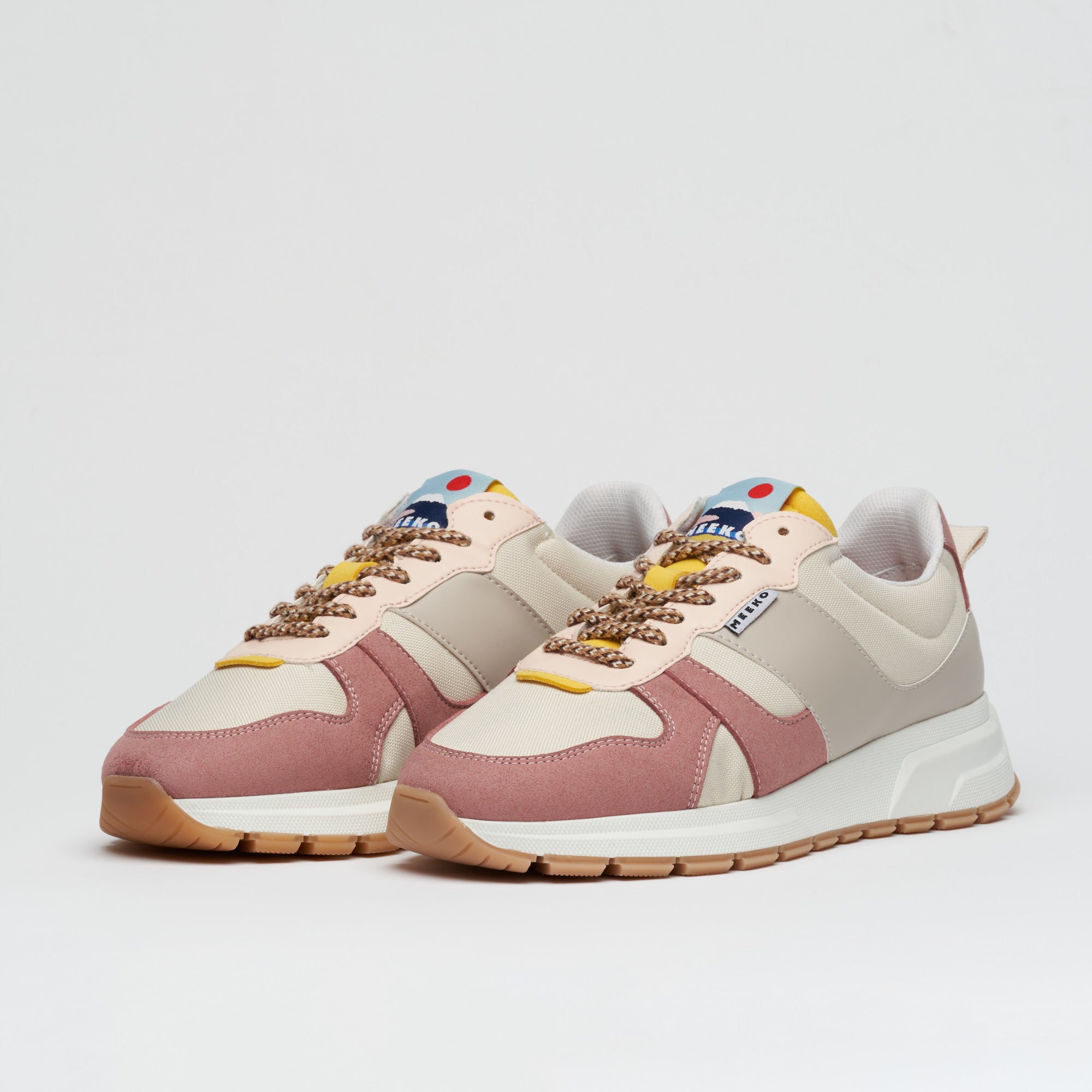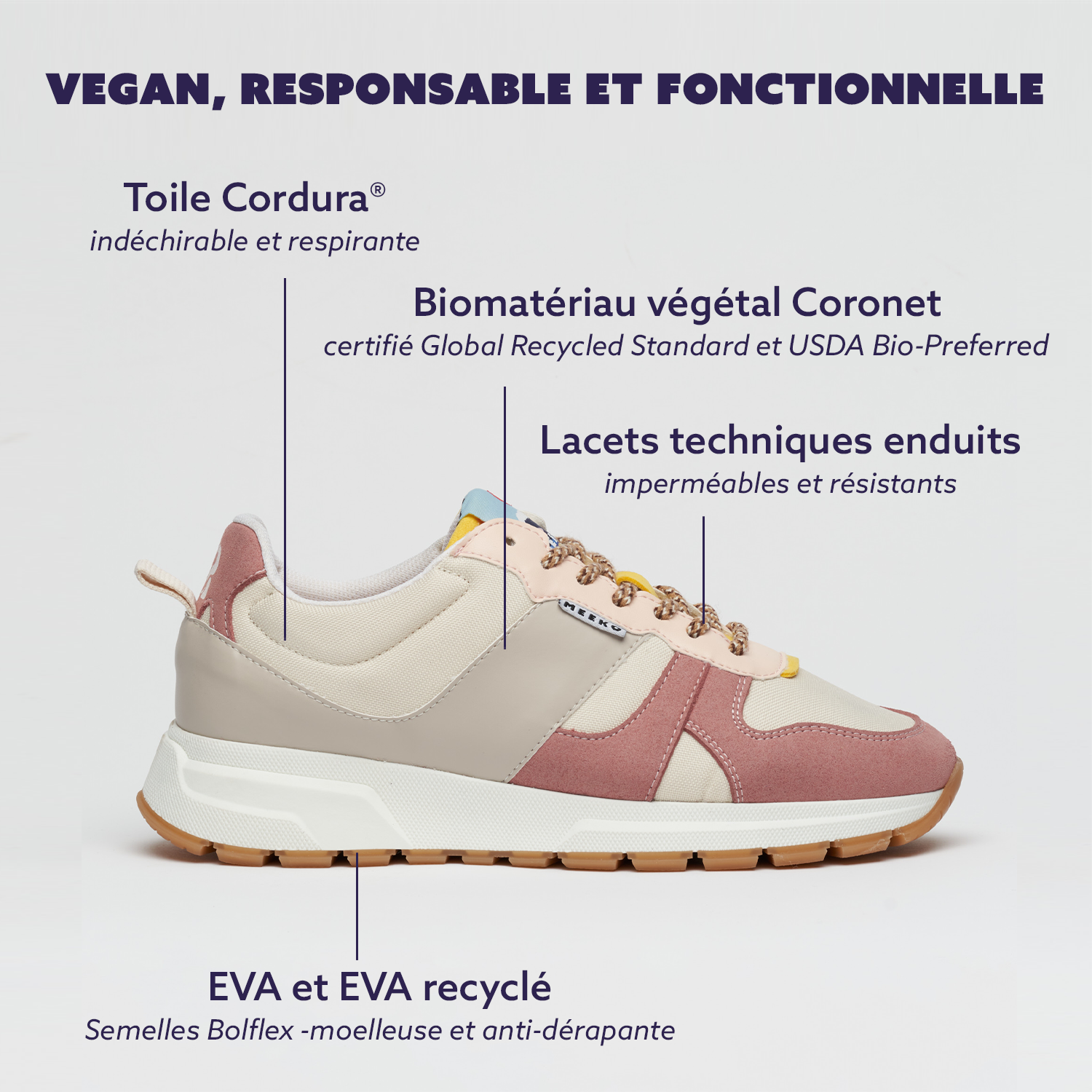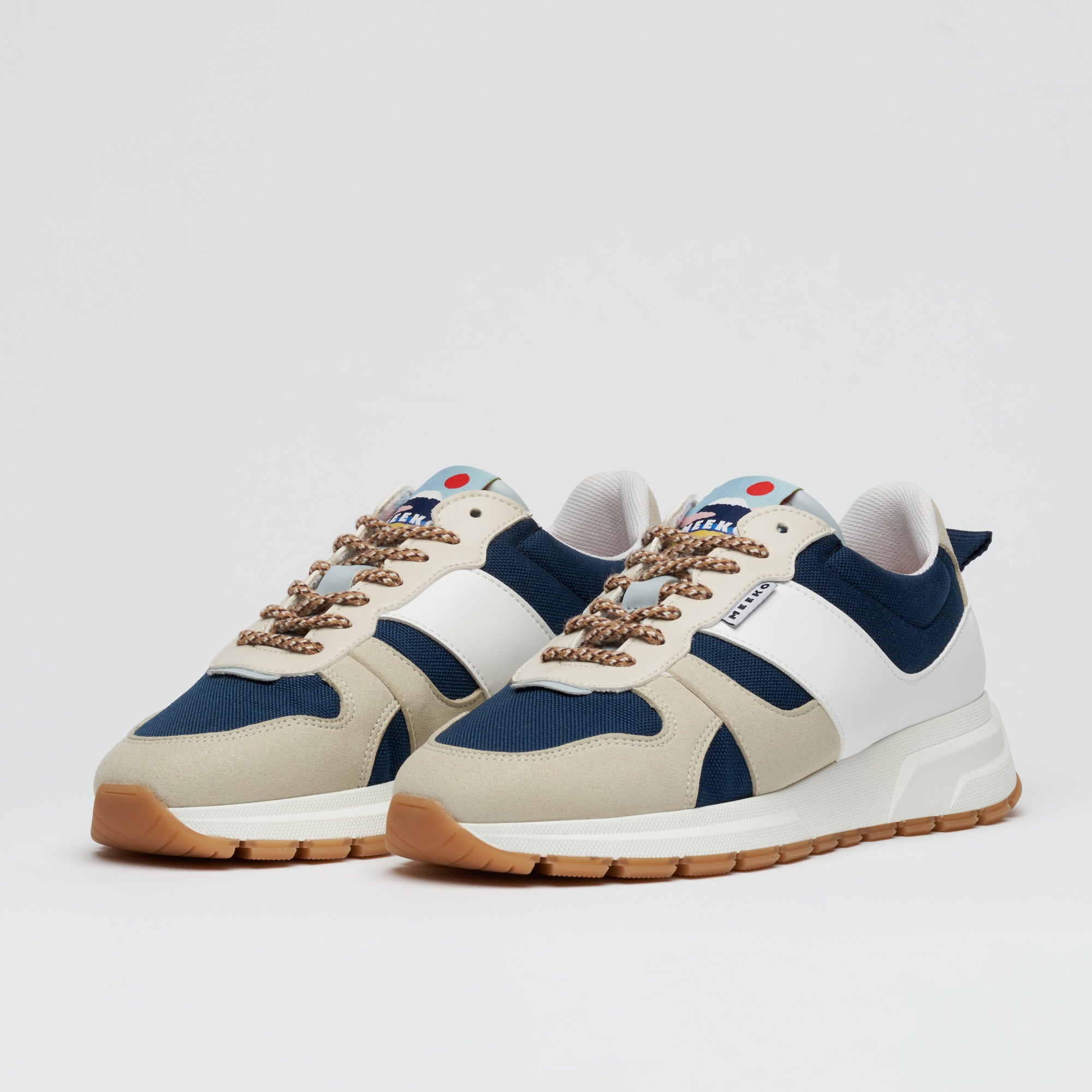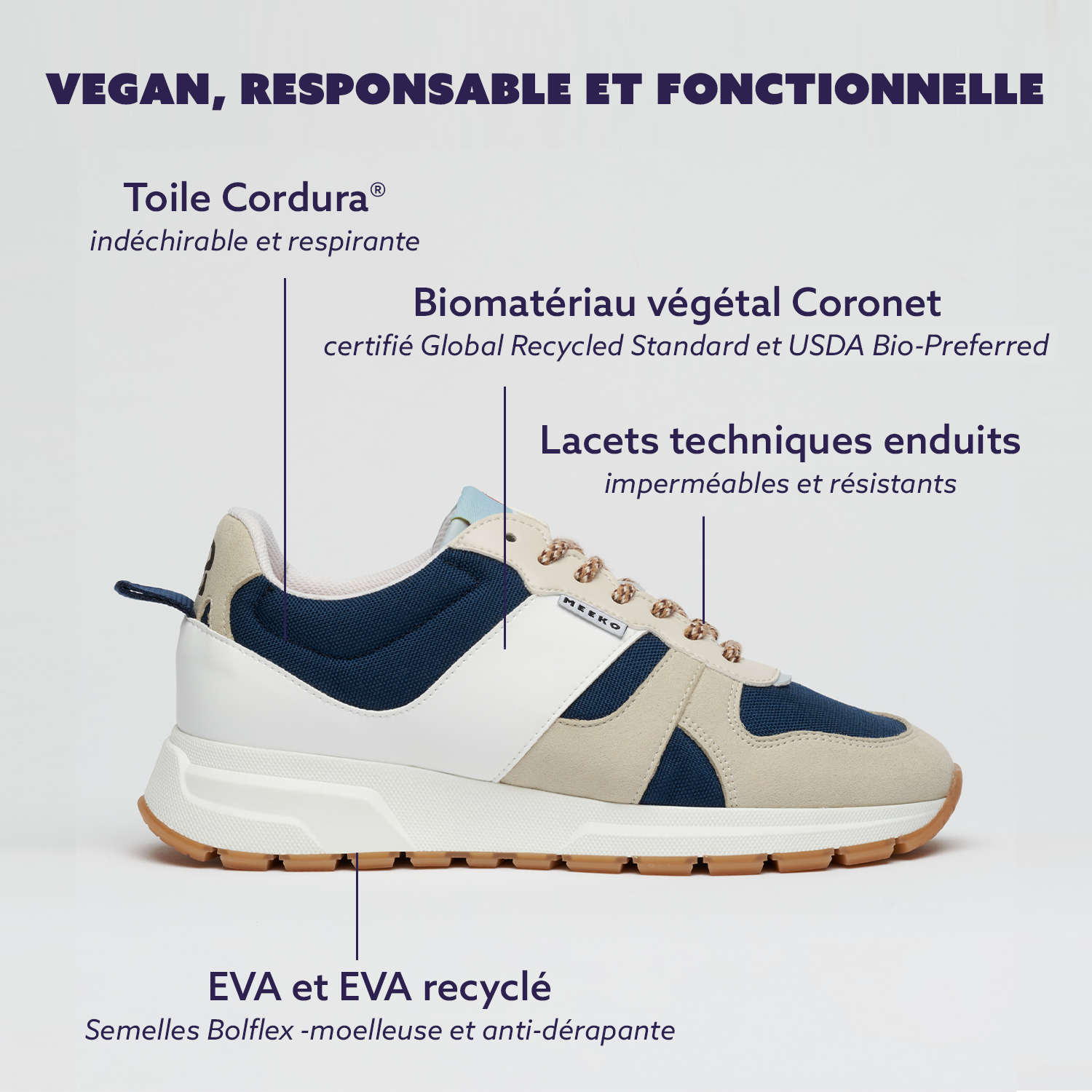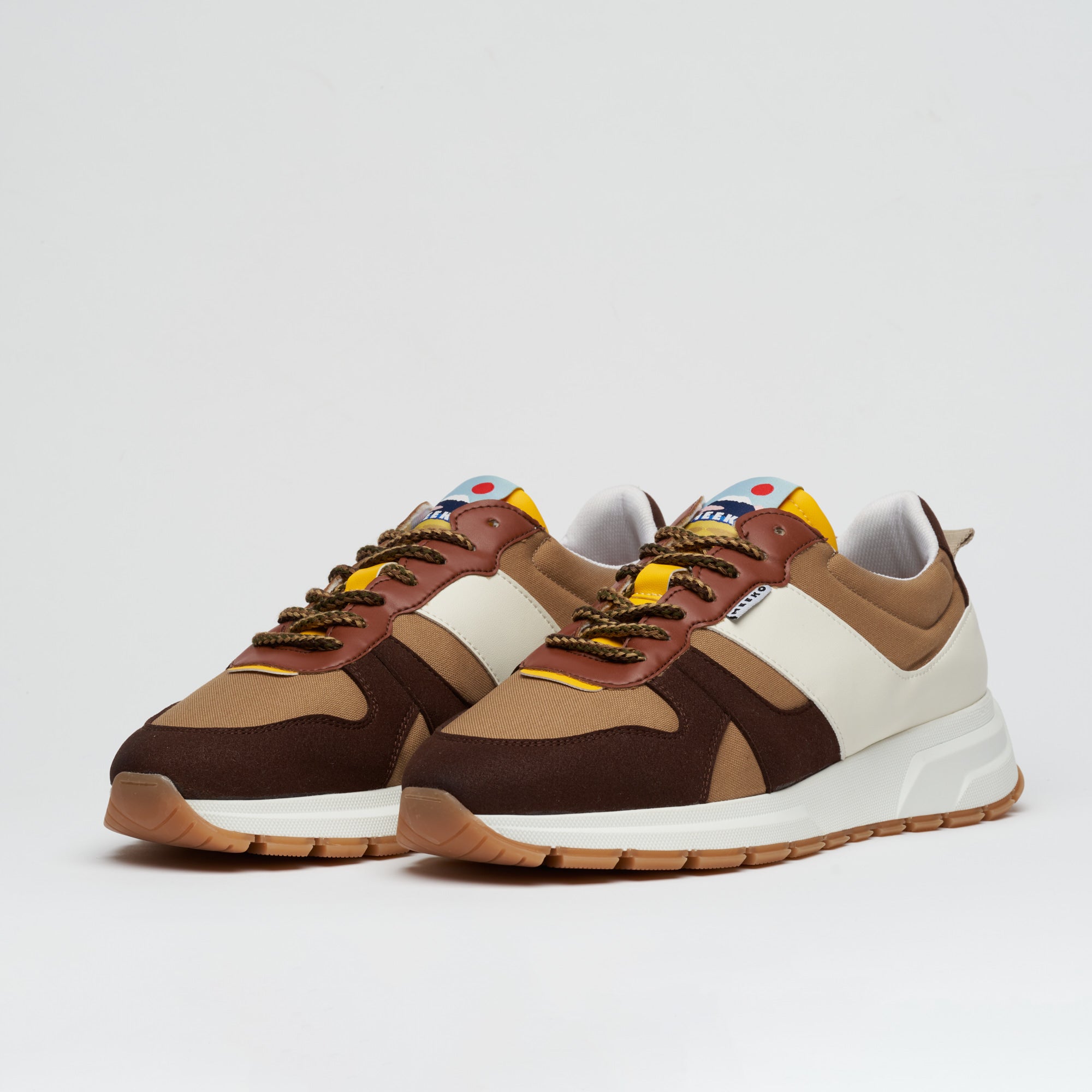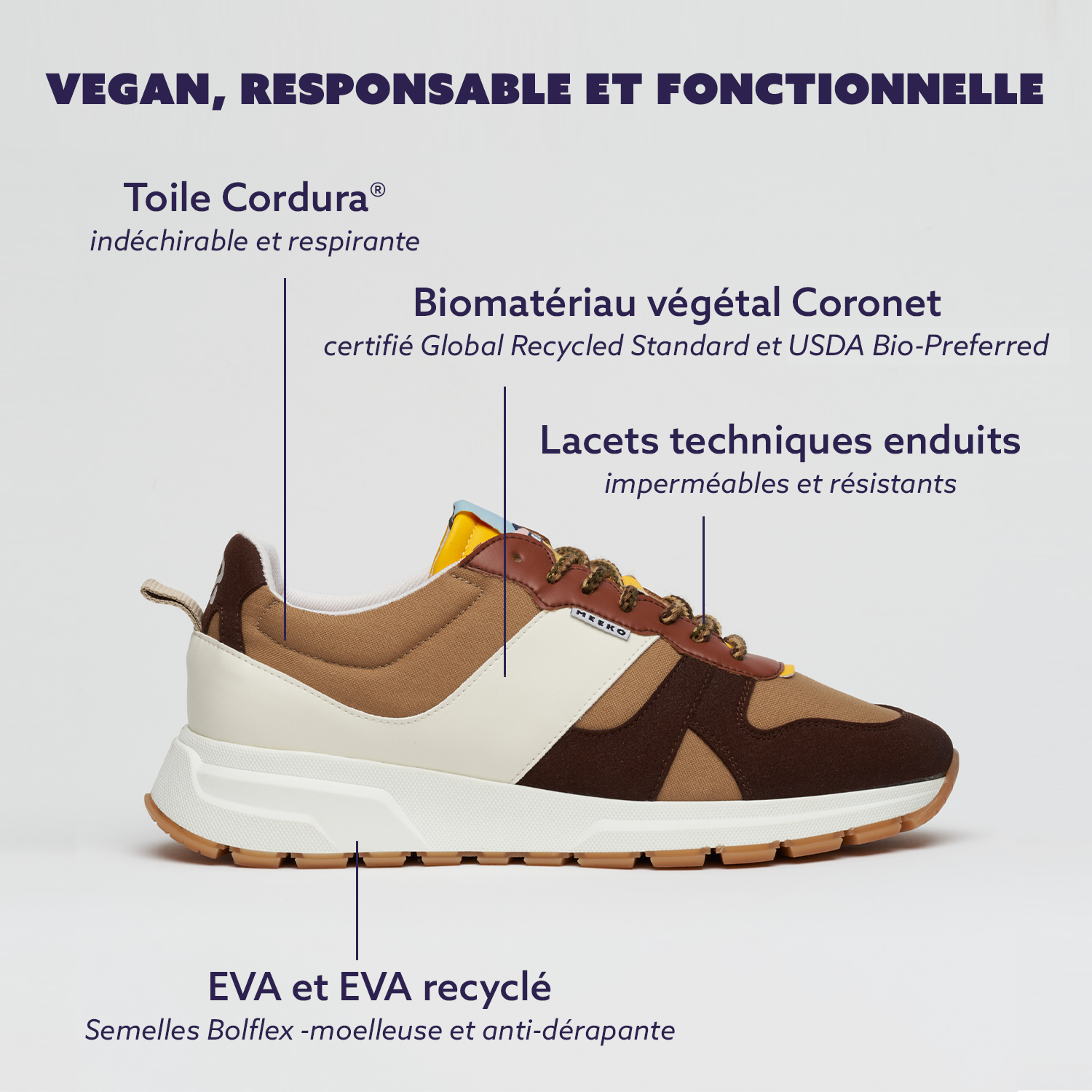Why is transparency in fashion so difficult?
The fashion industry is one of the most polluting brands on the planet. It is also estimated that it is the second sector that emits the most greenhouse gases with its several billion tonnes of carbon dioxide (CO2) per year.
Actors in this field now want to be more ethical. In addition, ready-to-wear lovers are demanding it little by little. For men and women, ethical fashion clothing and accessories (sweaters, jeans, sneakers, boots, ankle boots, derbies, sandals, T-shirts, shirts, jackets, suits, pants, shorts, skirts, handbags, etc.) are starting to sell. interest a lot of followers.
The field of fashion has for some time started a green conversion and aims to produce eco-responsible and sustainable items. But when we talk about responsible purchasing, we immediately think of transparency. Where does this organic cotton cardigan for women, this sleeveless linen sweater or this casual vegan leather blazer for men come from?
This concept promises to be very difficult. In this article, we tell you everything to help you see things more clearly.
What is transparency in fashion?
For some time now, the transparency of collections has become a real pillar of ethical and eco-responsible fashion. A fashion brand that follows this trend must be transparent to justify itself to its consumers. We are talking about the origin of the raw materials used, that of the products themselves, the production process, the culture, etc.

In fact, the word comes from the Latin “trans” meaning “through” and “parere” meaning “to show”. In short, it indicates the fact of showing everything, without having to hide anything. Ethical and eco-responsible fashion brands must provide their customers with useful information. This can be done on the manufacturer's website, the e-commerce platform and/or social networks.
Thanks to this concept, it is easier to trace the origin of the materials and the place of manufacture of the products. Among other things, where is this wool knit sweater made? Is this fall collection responsible? In the context of transparency, the composition of the materials must be discussed in detail. For example, swimsuits made of 80% polyester and 20% cotton.
The importance of transparency in fashion
Very polluting, the fashion industry intends to become ethical and eco-responsible at all levels, from sustainable creation to labels. Moreover, who does not know the misdeeds and the impasse of the economic system generated by fast fashion or disposable fashion?
Fair trade represents an interesting alternative for this purpose. Transparency vis-à-vis consumers is one of its characteristics. It is necessary to check whether the fashion clothing brand is transparent to make a reasoned choice.
A real challenge for large industries
More and more major clothing brands and ready-to-wear sellers are currently advocating this movement of transparency in fashion. But progress is still very slow. The objective of fashion transparency is to reassure consumers about respect for the environment and responsible purchasing.
This does not prevent certain brands from creating responsible labels themselves to hide different information that is not very clear or simply to try to affirm their products as being ethical and sustainable. Others do not hesitate to deceive consumers by betting on nuances.
Transparency in fashion reflects a kind of reflection on the notion of traceability of your cotton jogging, your leather goods or even your little black dress, in short, what you have in your dressing room. It also gives an idea of its complexity.

Fashion and transparency: a very complicated situation
Transparency rhymes with traceability. But it's a very complicated story. Many brands do not hesitate to put on the labels sportswear made in France. However, neither the raw materials nor the assembly of the parts come from there. This is due, for example, to the complexity of the made in France label, which leaves a gray area in certain respects.
It will also be necessary to remain vigilant as to the use of "natural products", "vegetable materials" or "vegans", when it is sometimes quite the opposite.
Moreover, it is not uncommon for a brand to offer so-called ethical clothing in the range to reassure their customers. Transparency in fashion is therefore an added value of the company. We are then undoubtedly talking about green-washing, even if the initiative alone can be welcomed.
What makes this story difficult is that no rules and no support are defined beforehand. The term is not as framed to properly launch into transparency. Without information control, this can become a mere legal obligation.
The application of the law must be accompanied by fundamental checks. For example, the exact species of sheep to extract the organic wool from your sweater.
How to become transparent in the field of fashion?
The circular economy and transparency in fashion are among the new trends today. Granted, most brands want to become transparent, but sometimes don't even know how. Faced with the influx of players in this field, the task is even more difficult.
The first thing to do is to change the production process to reduce its environmental impact and avoid ecological disasters. Implementing labels can facilitate the process relating to environmental declarations. Among other things, the Recycled Claim Standard or RCS is a label that attests to a recycled product.
These conditions affect the choice of ethical clothing, for both women and men. The fall winter season is fast approaching. But this period rhymes with the cold, which calls for appropriate shoes, generally made of leather. This is where the shoe pinches, because the raw material remains a sensitive subject.
Speaking of the fall winter collection, new ethical and eco-responsible fashion brands concerned about environmental impacts offer sustainable clothing and fashion accessories in natural, organic, recycled or second-hand materials. This is the case for high-quality and comfortable eco-responsible tights or even responsible sneakers, for example.
In conclusion, consumers are currently focusing on everything related to a product that interests them and therefore increasingly on the entire value chain. What is this T-shirt made of? Does it contain chemicals? Its carbon footprint? It is time for the textile industry to begin an ecological transition and move towards a new practice.
